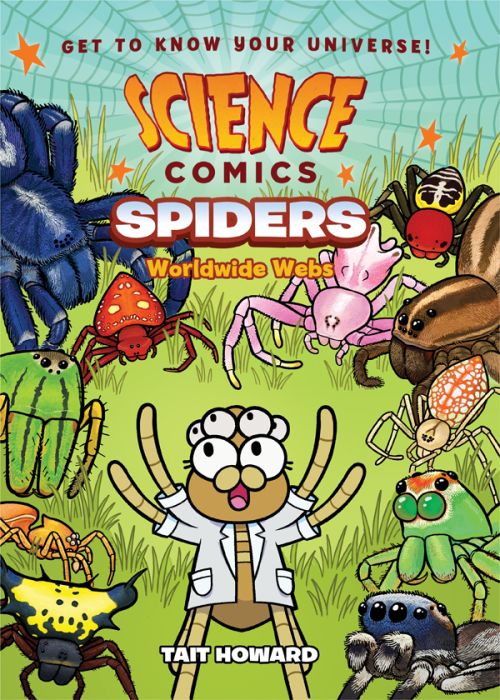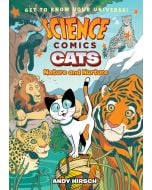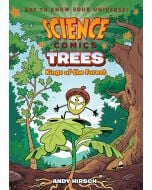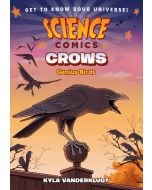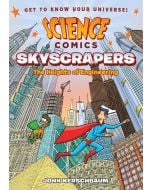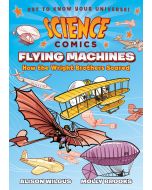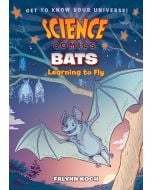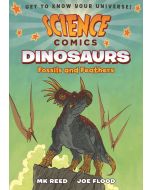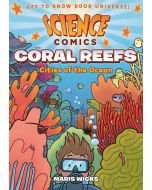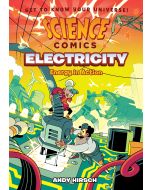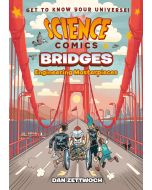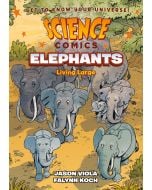
Series Science Comics By Tait Howard
Hardcover edition
Publisher Macmillan Imprint First Second ISBN9781250222848
Science Comics: Spiders: Worldwide Webs
 17.55
17.55
Every volume of Science Comics offers a complete introduction to a particular topic—dinosaurs, the solar system, volcanoes, bats, robots, and more. Whether you're a fourth grader doing a natural science unit at school or a thirty-year-old with a secret passion for airplanes, these books are for you!
In this volume, a sister and brother agree to help a talking spider find her missing child, but they don’t realize that it will take them on a journey across the globe! Along the way they’ll meet spiders who live in every environment imaginable, from their own backyard to the Australian Outback. Although they seem scary at first, once you learn why spiders have gotten such a bad reputation you’ll see that spiders are actually here to help!
|
Standard MARC Records Cover Art |
Science Nonfiction Elementary Plus (Grades 2-6)
Science Nonfiction Elementary Plus
Science Nonfiction Elementary Plus (Grades 2-6)
For Grades 2-6
Explore everything from the galaxies to your own backyard in these accurate and up-to-date nonfiction titles. Young scientists will experience fascination monthly with the 14 books in this category.
Interests
Biographies, Graphic Novels, Nonfiction, Reluctant Readers, Science/STEAM
-
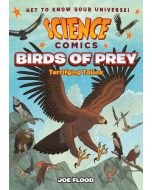 Birds of Prey: Terrifying Talons: Science Comics
Birds of Prey: Terrifying Talons: Science ComicsScience Nonfiction Elementary Plus
March 2022
POTENTIALLY SENSITIVE AREAS
Illustrations/Images: Blood/Gore,Violence: Cruelty to Animals
 17.55
17.55
-
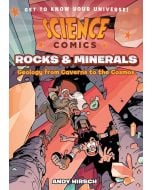 Science Comics: Rocks and Minerals: Geology from Caverns to the Cosmos
Science Comics: Rocks and Minerals: Geology from Caverns to the CosmosNonfiction Middle
August 2020
 14.25
14.25
-
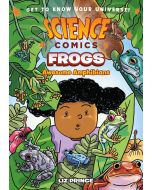 Science Comics: Frogs: Awesome Amphibians
Science Comics: Frogs: Awesome AmphibiansScience Nonfiction Elementary Plus
October 2023
POTENTIALLY SENSITIVE AREAS
Medical: Animal Anatomy/Reproduction
 21.24
21.24
-
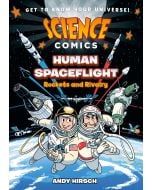 Science Comics: Human Spaceflight: Rockets and Rivalry
Science Comics: Human Spaceflight: Rockets and RivalryInstructional Nonfiction Science Grades 6-8
October 2024
 26.02
26.02
-
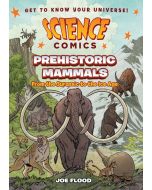 Science Comics: Prehistoric Mammals: From the Jurassic to the Ice Age
Science Comics: Prehistoric Mammals: From the Jurassic to the Ice AgeHigh-Interest Nonfiction Middle Plus
April 2026
 21.38
21.38

